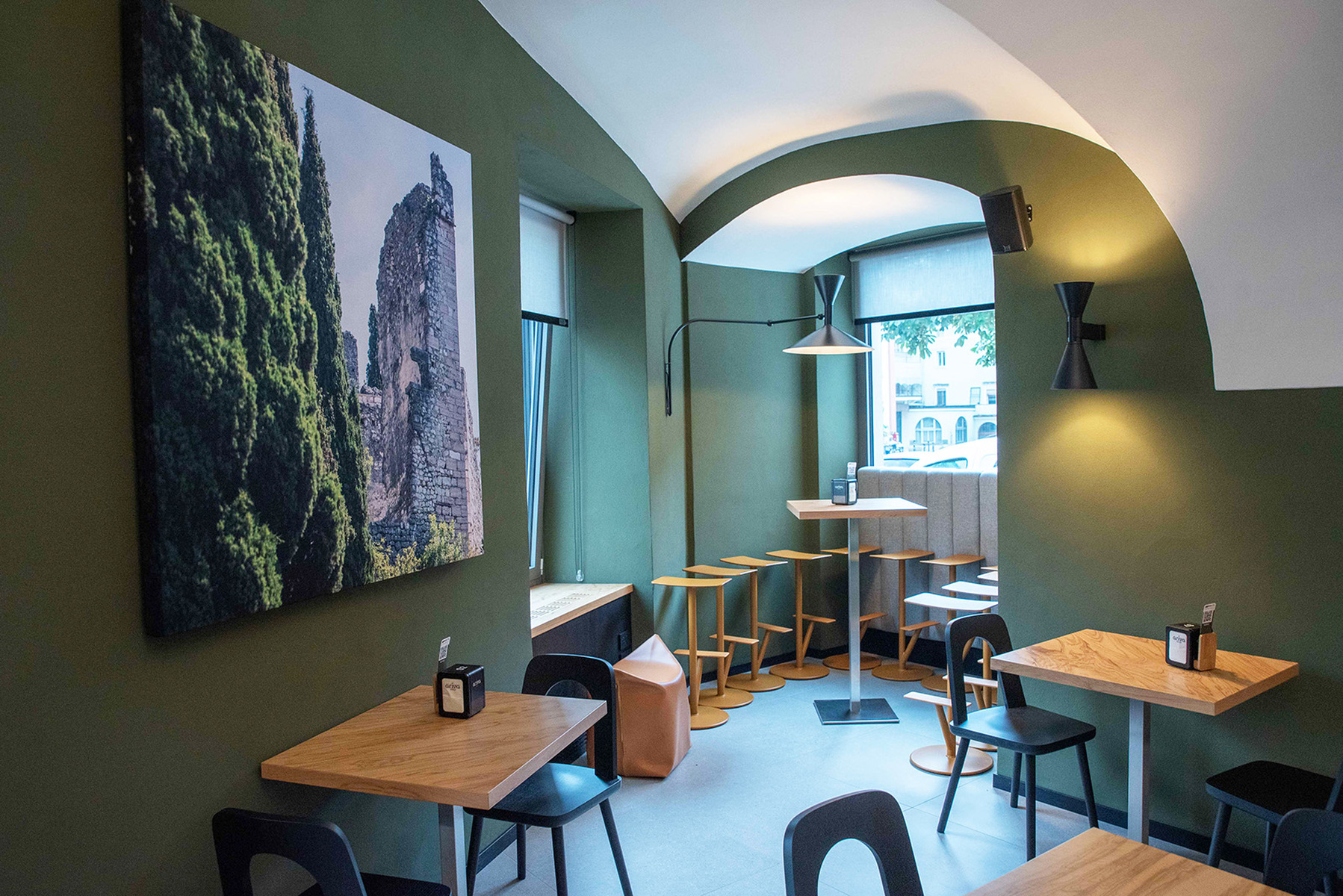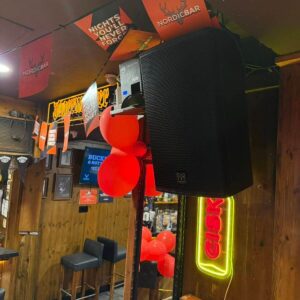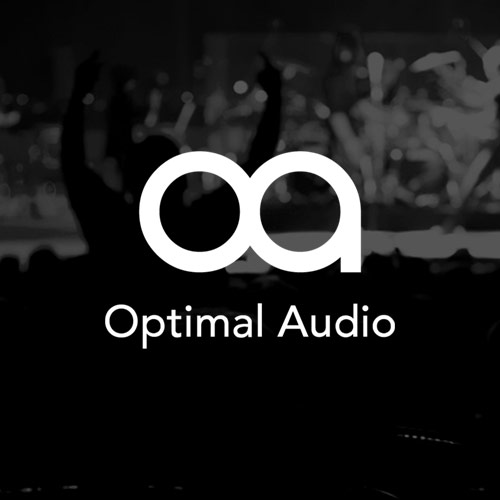Background music systems have been shown to have a huge influence on people in just about every situation. However, an area that has been overlooked is the effect that the quality of the music has on human behaviour.
Research has highlighted the way that music can affect consumer habits in a retail environment, employee focus in a workplace and relaxation in a hospitality setting. The first studies into the effects of music on shoppers were published more than 30 years ago and these results have been confirmed and refined time and again since then. Findings by PPS PRL[1] showed that two-thirds of UK adults say that the type of music a shop or business plays influences what they buy. The same survey also found that classical music encourages restaurant diners to order expensive items on the menu and that more than two-thirds admit to leaving a venue after realising that no songs were playing.
Further research, published by JAMA Network [2], notes the implications that music can have in other hospitality settings, such as hotels and spas. This research shows that music can make a positive change in health-related quality of life, which highlights the important role that a commercial audio system plays in therapeutic settings such as spas.
A slightly more contested area is the use of audio in the workplace. This is a subject that has seen a large amount of research, with results that have often been contradictory. Some papers have found that listening to music with lyrics while reading or working can decrease concentration or cognitive performance (Shih et al., 2012 [3];Liu et al., 2021 [4]). On the other hand, a number of studies have shown oppositely that natural-occurring sounds such as white noise, or highly composed sound such as classical music, can be beneficial for increasing focus and can even improve learning outcomes (Davies, 2000 [5];Chou, 2010 [6];Angwin et al., 2017 [7];Gao et al., 2020 [8]).

Recently published research [9] seems to back both of these findings. Amongst its conclusions, the study states: “We found that while performing a self-paced task for a long period of time (such as working), personalised soundscapes increased focus the most relative to silence. Curated playlists of pre-recorded songs by Apple and Spotify also increased focus during specific time intervals, especially for the youngest audience demographic.” Looking more specifically at the effects of different types of audio, the study concluded: “We found that based on our model, engineered soundscapes and classical music are the best for increasing focus, while pop and hip-hop music are the worst.”
It’s clear then that the type of music you play over a commercial audio system will influence your audience, and that crafting the right playlist can have positive results for your business. However, there is one element that none of these studies consider, the quality of the audio your audience hears over the background music system.
There has been less research in this area, and the majority is focused on the quality of audio over consumer equipment. However, there are some useful parallels that we can take from this research and apply it to people listening to background music in over commercial audio systems.
One of the issues with studying this area is that music is very subjective, and different people can have vastly different opinions on the same piece. To overcome subjective issues such as this, researchers use Quality of Experience (QoE) as a way that allows participants to report and rate experiences in a way that can be quantitatively analysed.
The QoE methodology has been further refined with a standard measure just for audio – Overall Listening Experience (OLE). First defined in 2013 [10], the term is used to describe the degree of enjoyment whilst listening to audio. OLE and QoE are comparable in the sense that they both try to take into account all possible factors that may influence enjoyment. These elements could include technical areas such as the sound system, human factors [11] such as mood, and context influence factors such as the listening environment.
By taking all of these factors into account, OLE [12] can be used to see if what effect technical factors have in real-world environments. One of the interesting elements of this is the role that audio quality [10] plays in OLE. Research has shown that the lower the audio quality, the lower people rate their Overall Listening Experience.
There is plenty of evidence that links QoE and improved business performance, particularly in the retail space [13]. In addition to this, background music is cited [14] as one of the main factors that helps to define the QoE in retail.

With this in mind, it is logical that retailers and hospitality venues should also be looking at the quality of their background music systems as part of a wider strategy to enhance customer experiences. With research linking QoE with business performance and the parallel measure for QoE in audio, OLE, showing that higher quality audio leads to a better experience, it follows that investing in a high-quality commercial audio system will be one way to help the overall business performance.
It is widely understood that audio performance is only as good as the weakest link in the signal chain. This would suggest that to see the full benefit in OLE and QoE, sensible investment should be made throughout the signal chain. This starts with a high-quality source that plays music at the maximum possible bandwidth and ends with professional loudspeakers, such as Martin Audio’s ADORN family.
The award-winning ADORN series of on-wall and ceiling loudspeakers bring class-leading performance, reliability and cost competitiveness to a wide range of commercial sound installations — from retail outlets, bars and restaurants to corporate offices. They have been created with audio quality as a top priority and as such can help businesses improve their OLE.
Summing up, Dom Harter, Martin Audio Managing Director, remarked: “Background music systems have not always been at the top of the priority list with retail, hospitality or commercial installations. However, the overall pattern of the research points towards this being a mistake. Making sensible investment decisions in your commercial audio system will help improve the overall listening experience for your audience. This, in turn, will help you to see the full benefits that music can bring to your premises, uniting your patrons. And with ADORN in plentiful supply, you don’t have to be waiting ages to make that change.”
References:
1. Carr A. Two-thirds of UK adults say music influences their spending habits, with POP a popular choice. https://pplprs.co.uk/benefits-music/music-in-the-workplace/
2. McCrary J. M; Altenmüller E; Kretschmer C; et al. Association of Music Interventions With Health-Related Quality of Life A Systematic Review and Meta-analysis. https://jamanetwork.com/journals/jamanetworkopen/fullarticle/2790186
3. Shih Y.-N., Huang R.-H., Chiang H.-Y.Background music: effects on attention performance. https://content.iospress.com/articles/work/wor01410
4. Liu H., He H., Qin J.Does background sounds distort concentration and verbal reasoning performance in open-plan office?. https://www.sciencedirect.com/science/article/abs/pii/S0003682X20306812
5. Davies M. A.Learning …the beat goes on.https://www.tandfonline.com/doi/abs/10.1080/00094056.2000.10522096?journalCode=uced20
6. Chou P. T.-M.Attention drainage effect: how background music effects concentration in Taiwanese college students. https://eric.ed.gov/?id=EJ882124
7. Angwin A. J., Wilson W. J., Arnott W. L., Signorini A., Barry R. J., Copland D. A.White noise enhances new-word learning in healthy adults. https://www.nature.com/articles/s41598-017-13383-3
8. Gao C., Fillmore P., Scullin M. K. (2020).Classical music, educational learning, and slow wave sleep: a targeted memory reactivation experiment. https://www.sciencedirect.com/science/article/abs/pii/S1074742720300502
9. Haruvi A, Kopito R, Brande-Eilat N, Kalev S, Kay E, Furman D. Measuring and Modeling the Effect of Audio on Human Focus in Everyday Environments Using Brain-Computer Interface Technology. https://www.ncbi.nlm.nih.gov/pmc/articles/PMC8829886/
10. Schoeffler M, Herre J. About the Impact of Audio Quality on Overall Listening Experience. https://www.audiolabs-erlangen.com/content/05-fau/assistant/00-schoeffler/01-publications/smc2013.pdf
11. Walton T, Evans M. The role ofhuman influence factors onoverall listening experience. https://d-nb.info/115465771X/34
12. Schoeffler M. Overall Listening Experience — a new Approach to Subjective Evaluation of Audio. https://opus4.kobv.de/opus4-fau/files/8290/dissertation_schoeffler.pdf
13. Neto e Sá M, Evaluating Quality of Experience in Food Grocery Retail and its Impact on Satisfaction, Loyalty and Repurchase Intention. https://repositorio.iscte-iul.pt/bitstream/10071/21447/1/master_margarida_neto_sa.pdf
14. Triantafillidou A, Siomkos G, Papafilippaki E. The effects of retail store characteristics on in-store leisure shopping experience. https://www.emerald.com/insight/content/doi/10.1108/IJRDM-07-2016-0121/full/html













